
Soil Health & Fertilization
We unite suppliers and green industry professionals worldwide
Russian Tarragon is a tough perennial herb. It is rather valued due to its stability and versatility rather than its good taste. It has traditionally been used as a medicinal herb and filler in kitchens, and in contemporary gardens.
By Mariam Scott
|Published on September 25, 2025
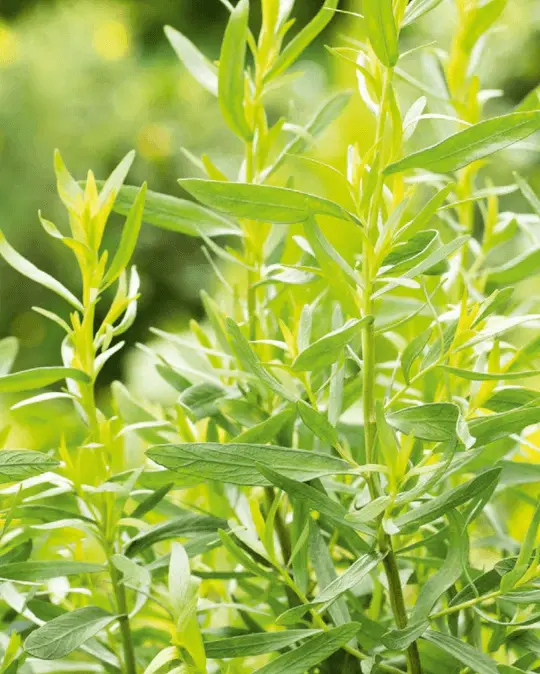

Russian Tarragon (Artemisia dracunculus var. inodora, often called Artemisia dracunculoides) is a tough perennial herb. It is rather valued due to its stability and versatility rather than its good taste. In contrast to French Tarragon, which is hailed as the one with an intense anise-like flavor, Russian Tarragon is not as intense and has a bitter undertone, which is sometimes valued as an ornamental or remedial ingredient, but not as a culinary superstar.
Russian Tarragon is a great beginner and herb lover plant with easy care and low maintenance, not as tasty as the French version, and a poor substitute in flavor. It has traditionally been used as a medicinal herb and filler in kitchens, and in contemporary gardens. It has been used as a favorite herb because of its hardiness and ability to be used in herb gardens as well as naturalized landscapes.
| Scientific Name | Artemisia dracunculus var. inodora (synonymous: Artemisia dracunculoides). |
| Common Names | Russian Tarragon; Wild Tarragon. |
| Family | Asteraceae (the daisy family). |
| Genus | Artemisia |
| Species | Dracunculus |
| Variation | Inodora; This is a variant of French Tarragon, in other words, A. dracunculus var. sativa. |
| Cultivars | There are only a few known cultivars, because the plant is not bred mostly to be used in culinary. |

September 25, 2025
9 minute read
September 24, 2025
9 minute read
September 23, 2025
10 minute read
September 22, 2025
9 minute read


Join as a seller and connect with thousands of B2B buyers nationwide!
Sign Up
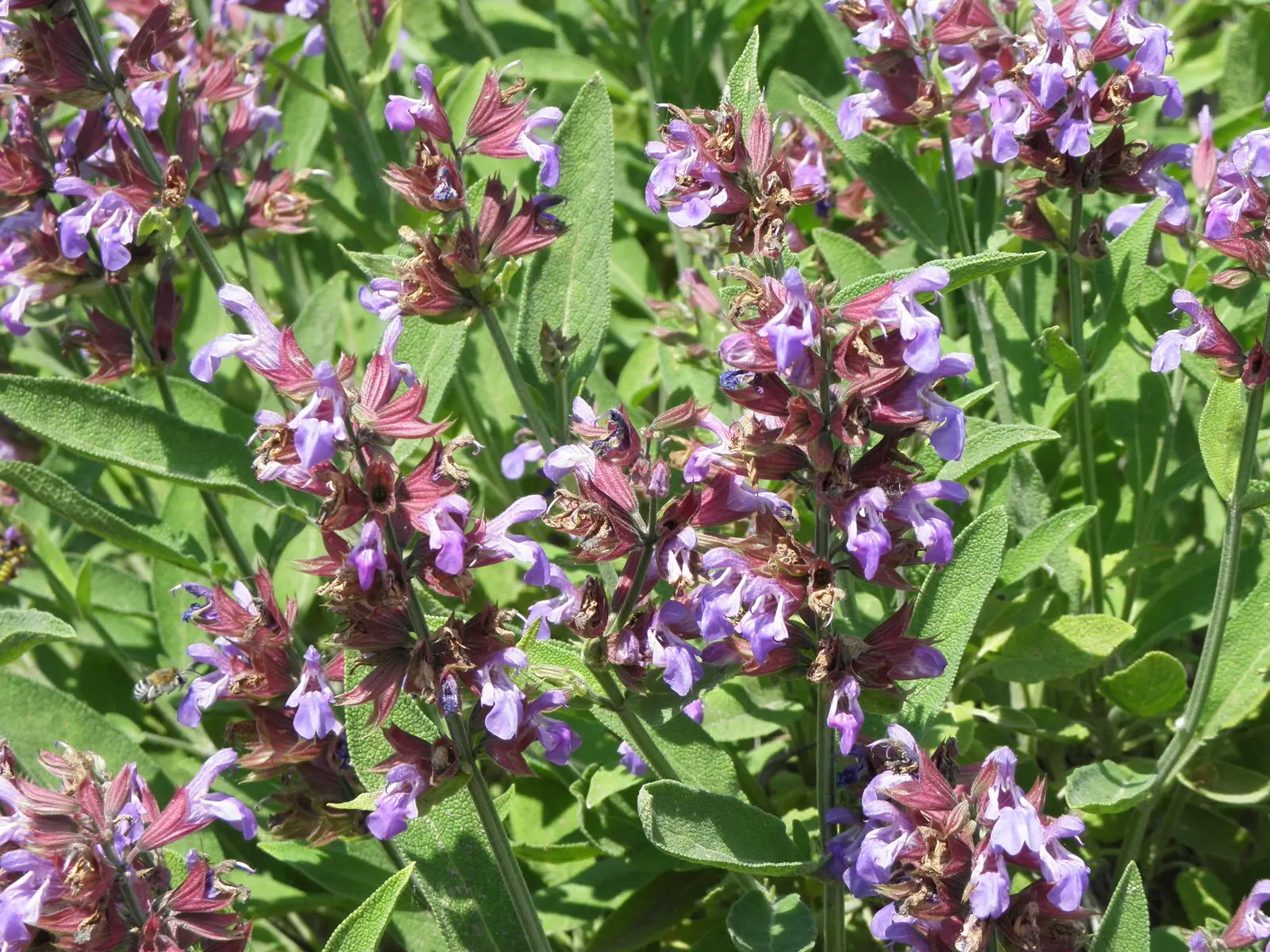
Sage Common
Common Sage (Salvia officinalis) is an adorable perennial herb that has endured over the ages in gardens and kitchens.
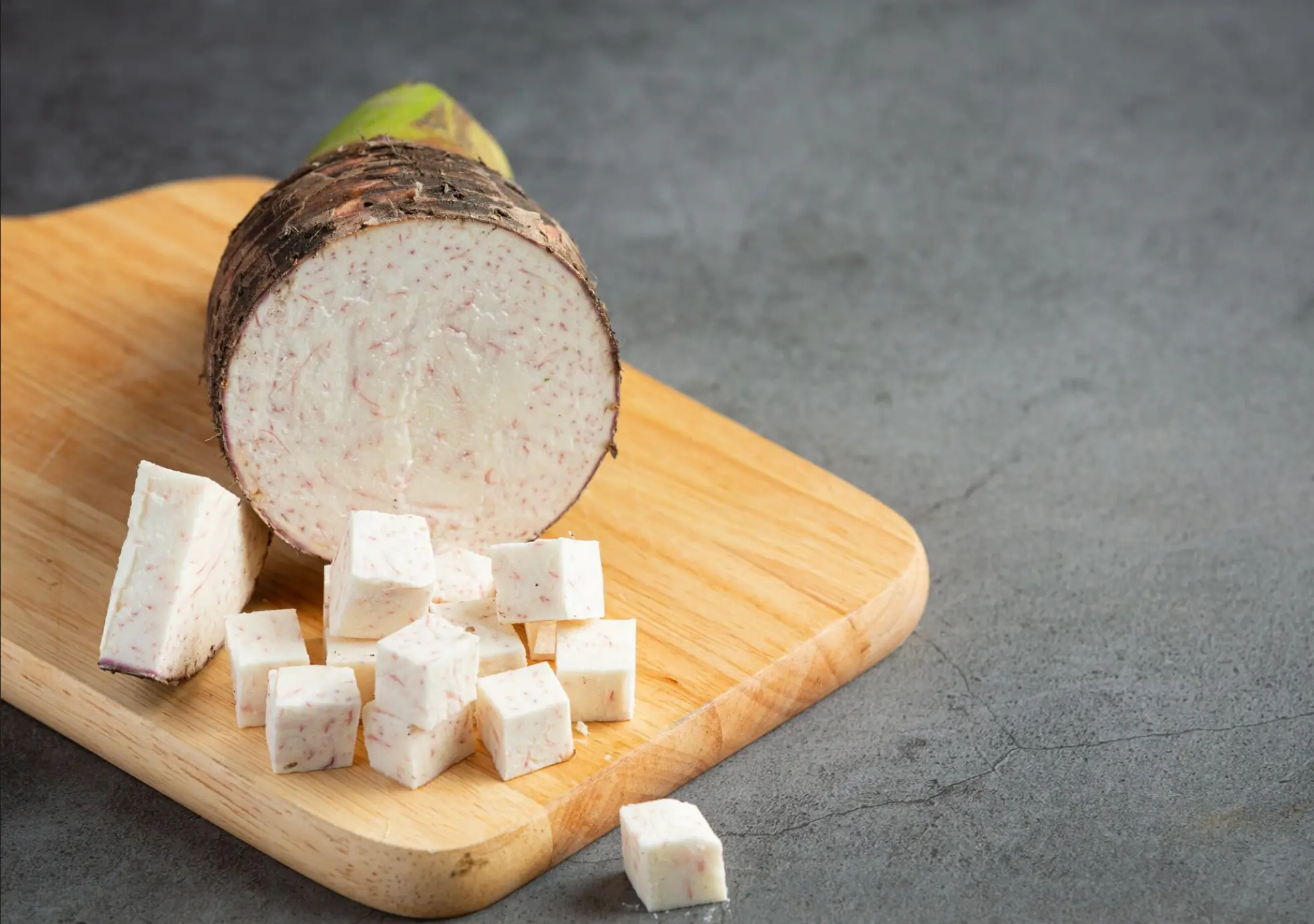
Taro
Taro (Colocasia esculenta) is a starchy root crop valued in the world as a source of edible corms and foliage.
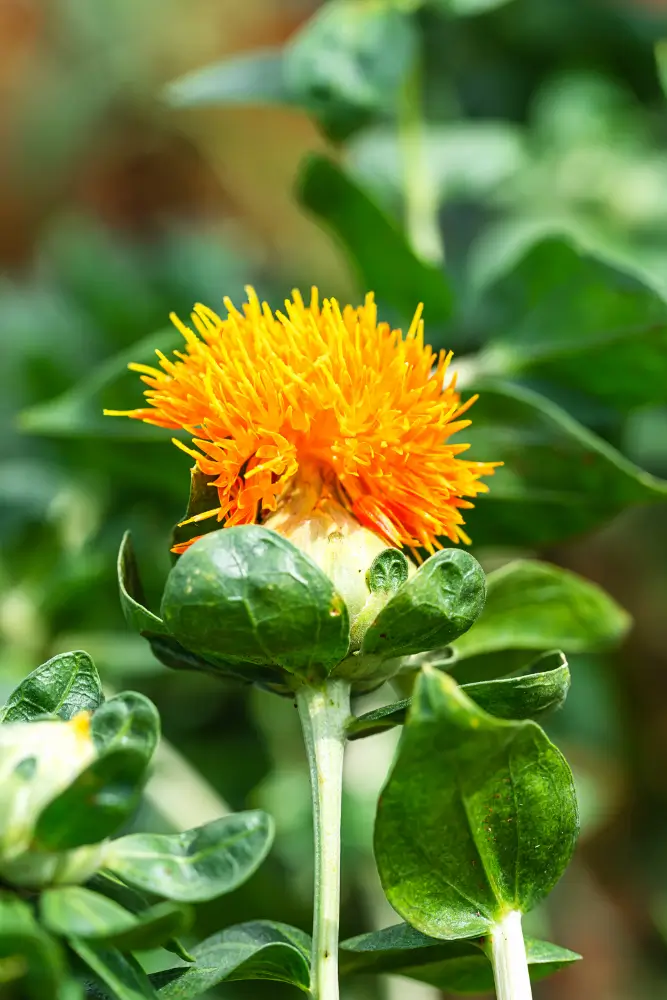
Safflower
Safflower is an annual plant and one of the earliest crops to be domesticated. This plant has been used traditionally as medicine, in the kitchen and dyeing houses. Its versatility makes it a useful plant for garden, farm and commercial production.
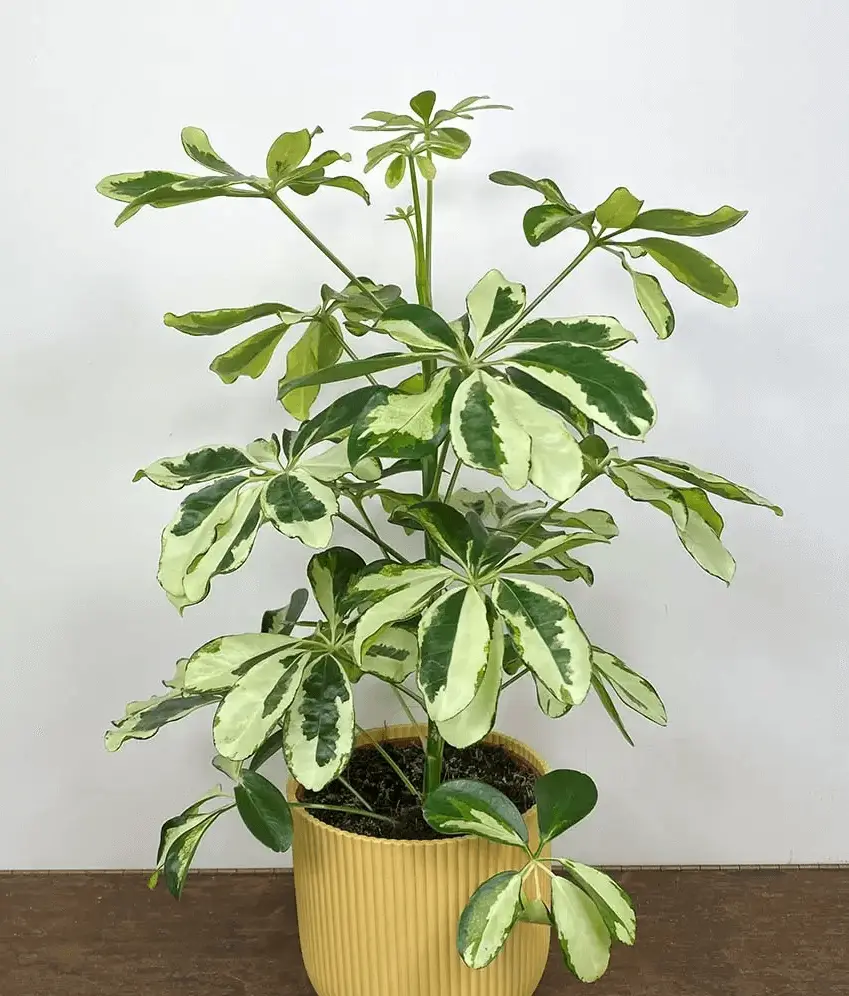
Umbrella Plant
Originally from the tropical forests of Asia, the umbrella plant (Schefflesia arboricola) is a hardy, versatile, and beautiful tropical species of plant that has become a favorite houseplant or garden accent in warmer climates.
The Russian Tarragon is usually cultivated because of its appearance and hardiness rather than its flavor.
Russian Tarragon has some useful applications, though not as popular in fancy cooking as French Tarragon:
Culinary Uses
Medicinal Uses
Russian Tarragon is very valuable in terms of flexibility.
The Russian Tarragon bears viable seeds, unlike the French Tarragon, and as such, it is an option that gardeners who like to grow herbs themselves can use.
Russian Tarragon seeds can be germinated fairly simply when compared to other varieties of tarragon.
The seeds are consistent; with proper treatment and storage, they exhibit high germination rates and high vigor.
Russian Tarragon can be propagated in some ways:
Seed Sowing
Direct Sowing
Subdivision: Split clumps were renewed every 3-4 years to check spreading.
Cuttings: Stem cuttings may also be rooted in order to give rise to other plants, although this is not as reliable as when using French Tarragon.
Russian Tarragon is inherently tough and will not fall victim to pests and diseases easily, as many herbs do, though it is not without problems now and then:
Maintain good germination rates and quality by maintaining optimum conditions for seeds.
Russian Tarragon (Artemisia dracunculus inodora ) is a tough, adaptable perennial herb that grows in various gardens. It is not glorified because of its excellent culinary taste of French Tarragon, but it is capable of growing easily, withstanding numerous environments, and it is aesthetically pleasing. Start by planting a seed; once established, it requires little care. Harvest it for occasional cooking, herbal teas, or medicinal use.
Yes, but expect a much milder, somewhat bitter flavor. It works best in teas, vinegars, or as a garnish rather than as the star herb in sauces.
Typically, 7–14 days under ideal conditions.
Yes, it is a hardy perennial in USDA zones 4–8, returning each year with minimal maintenance.

Soil Health & Fertilization
Victor Miller

Pest Identification & Prevention
Victor Miller

Lawn Care Tips & Maintenance
Victor Miller

Soil Health & Fertilization
Victor Miller

Smart Irrigation Systems
Victor Miller

Patios, Walkways & Driveways
Victor Miller

Soil Health & Fertilization
Victor Miller

Pest Identification & Prevention
Victor Miller
My Account
Our team is always here to help.
We are open Monday - Friday, 9:00 AM to 4:30 PM PST.